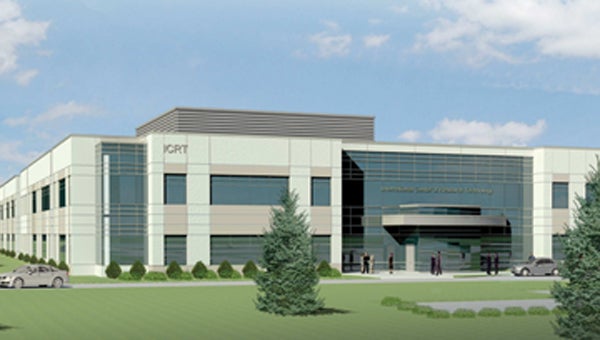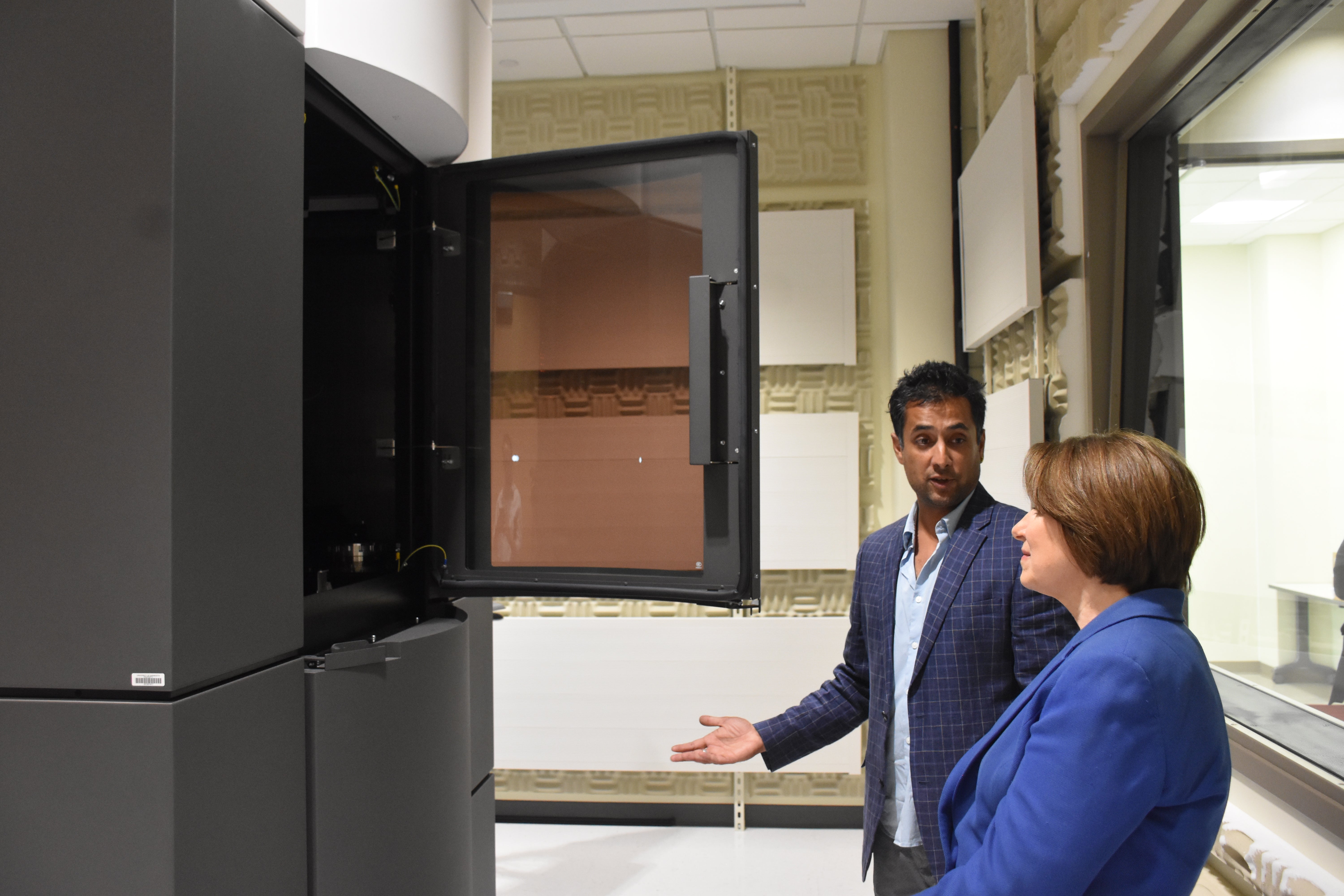Institute expansion gets green light
Published 1:59 pm Friday, May 11, 2012
The Hormel Institute just got the monetary “green light” for its proposed $27 million expansion.
Gov. Mark Dayton signed the nearly $500-million bonding bill Friday afternoon, which included the $13.5 million the city of Austin requested through the Port Authority to cover half the expansion costs. The Hormel Institute estimates the expansion will create about 120 jobs over five years.
“This is a win for the entire state of Minnesota and for every person who cares about cancer research,” said Gary Ray, chair of The Hormel Foundation, in a news release.
Dr. Zigang Dong, executive director of The Hormel Institute, mirrored Ray’s enthusiasm.
“We are extremely thankful to our local legislators and those from throughout the state for so strongly supporting our project,” he said in the release. “This is a wise investment for the state of Minnesota.”
The benefits, Dong said, extend beyond Austin.
“With this expansion, The Hormel Institute, University of Minnesota—with our partner, Mayo Clinic—will accelerate cancer research discoveries, create new jobs and provide global leadership in the important industry of bioscience,” Dong said.
Gail Dennison agreed.
“Cancer affects everyone, so everyone in Minnesota will benefit,” she said, adding it’s good to see the state of Minnesota support the research and continuing growth of The Institute.
The expansion will be The Hormel Institute’s second in 10 years. New labs from the first expansion, which was completed in 2008 and tripled the facility’s size, are now full. Financial support for that project was fully paid for privately.
Port Authority Executive Director Jim Hurm said that while the bonding bill has been signed, there are still a lot of details to figure out.
“We just can’t put all the answers together the day the governor signs the bill,” Hurm said. “We’ll have to get together with folks at The Institute and The Foundation.”
While $13.5 million for the expansion will come from the bonding bill, the other half, Hurm said, would come through a local Port Authority bonding issuance, meaning the Port Authority would own the expansion and The Hormel Foundation would be in a contractual agreement to pay it back.
Hurm said the timeline is still loose because of the planning that has to be done.
“It won’t be in 2012 that The Institute will be opening,” Hurm said.
Dennison said meetings would begin right away, and it was possible that groundbreaking would begin sometime this year. Research should be able to continue on as usual during construction.
“It likely will have virtually no effect on the existing research going on in The Institute,” she said. The last expansion caused very little interruption to The Institute’s work, she added.
Dayton showed his support for the expansion early on. He invited members of The Hormel Institute up to the capitol to represent one of three main projects when he originally unveiled his $775 million version of the bonding bill on Jan. 17.
“It was his way of saying, ‘this is the best of what’s in the bonding bill,’ “ Dennison said.
Dayton had wanted more projects as a boost to Minnesota’s construction industry, but he said the bill was better than nothing as he signed it Friday.
“Most of them are good and important projects,” Dayton said in a release. “Ones that will benefit the people of Minnesota, and benefit the institutions where they are going, and most importantly, will put thousands of people throughout Minnesota to work.”
The largest chunks of money go to roads, bridges and higher education: $64 million for the University of Minnesota and $132 million for the Minnesota State Colleges and Universities. Flood prevention projects get $30 million and transportation projects $49 million.
The bill also provides $44 million for work on the Capitol. Preservationists had wanted a more expensive full-scale renovation.
—The Associated Press contributed to this report.



